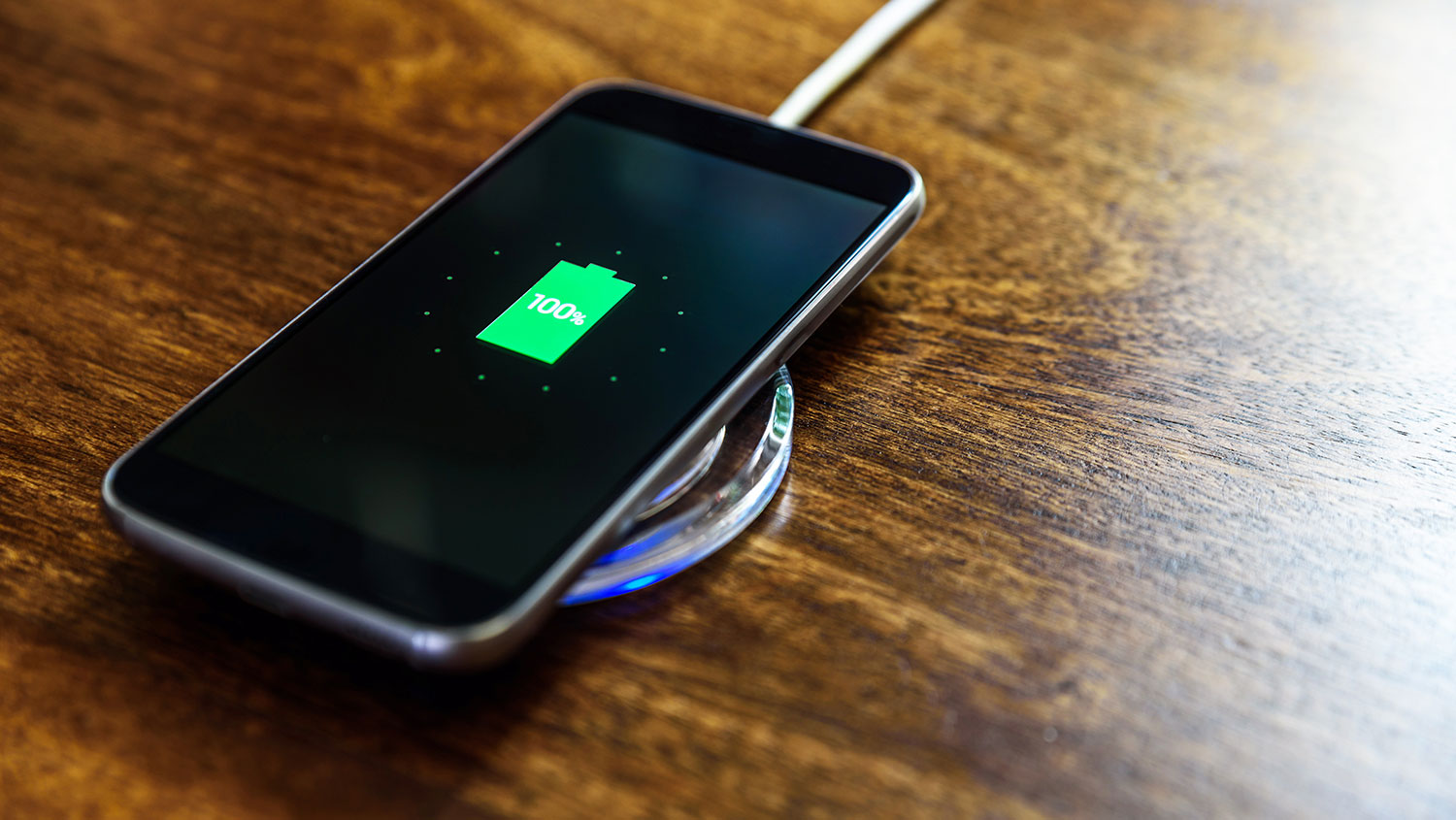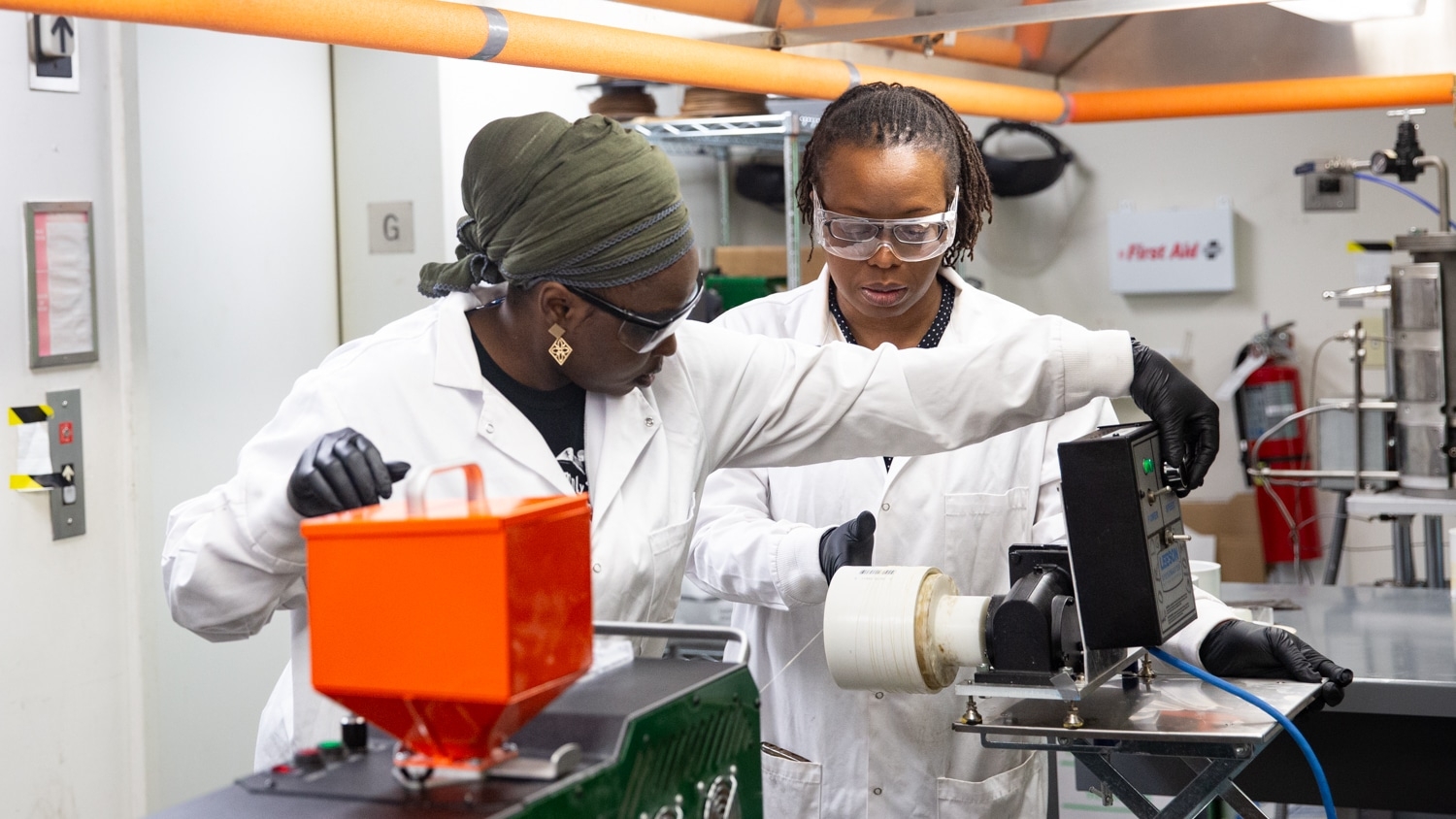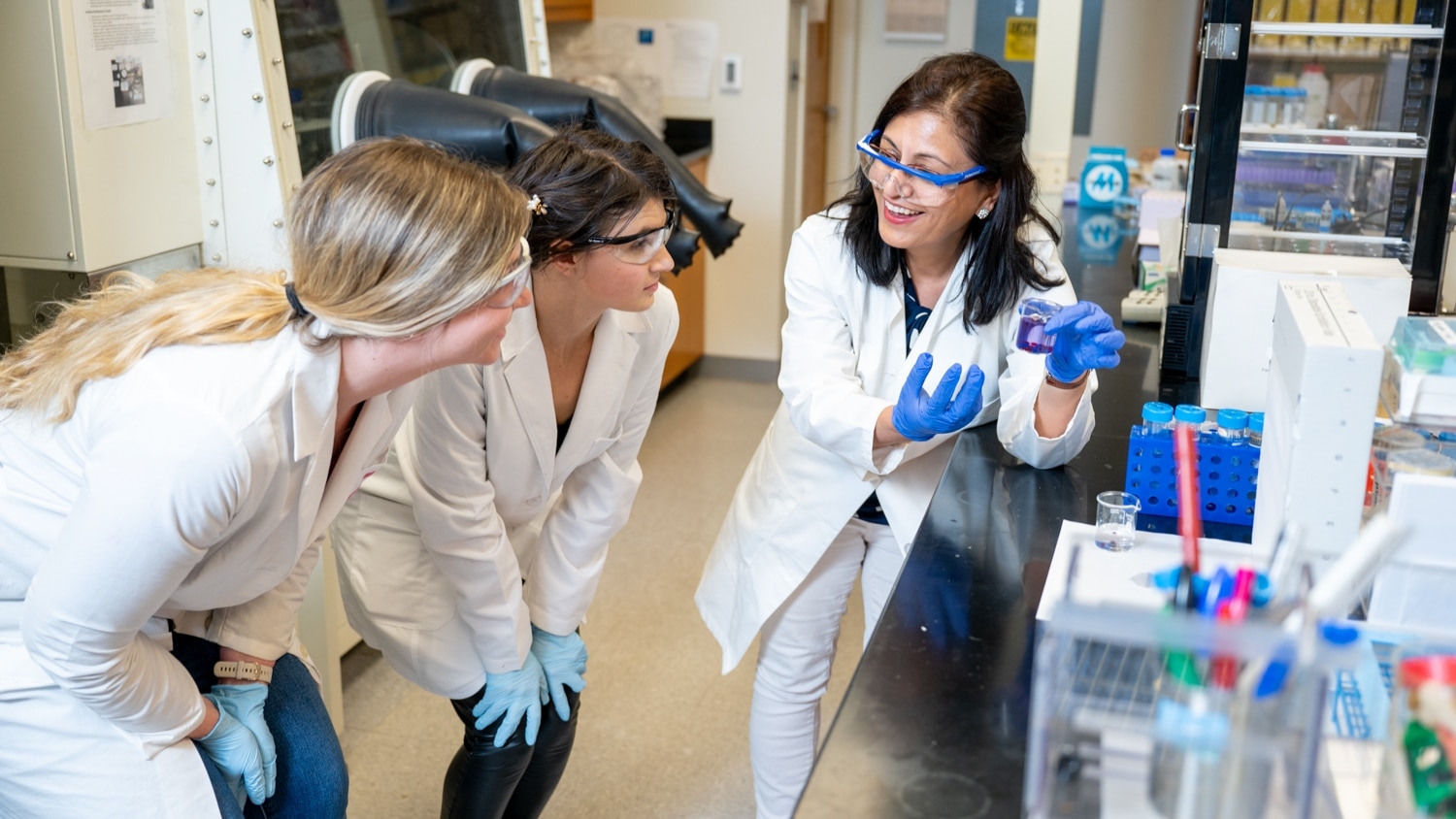Research offers wireless connection that charges without sacrificing streaming

Have you ever wanted to wirelessly charge your mobile device and watch Netflix at the same time? Researchers in the Department of Electrical and Computer Engineering (ECE) may have you covered.
They have developed a system that can simultaneously deliver watts of power and transmit data at rates high enough to stream video and charge the device over the same wireless connection. By integrating power and high-speed data, a true single “wireless” connection can be achieved.
“Recently wireless power has re-emerged as a technology to free us from the power cord,” says Dr. David Ricketts, an associate professor of electrical and computer engineering and senior author of a paper on the work. “One of the most popular applications is in wireless cell phone charging pads. As many know, these unfortunately often require almost physical contact with the pad, limiting the usefulness of a truly ‘wireless’ power source. Recent work by several researchers has extended wireless power to ‘mid-range,’ which can supply power at inches to feet of separation. While encouraging, most of the wireless power systems have only focused on the power problem — not the data that needs to accompany any of our smart devices today. Addressing those data needs is what sets our work apart here.”
Wireless power transfer technologies use magnetic fields to transmit power through the air. To minimize the power lost in generating these magnetic fields, you need to use antennas that operate in a narrow bandwidth, particularly if the transmitter and receiver are inches or feet apart from each other.
Because using a narrow bandwidth antenna limits data transfer, devices incorporating wireless power transfer have normally also incorporated separate radios for data transmission. And having separate systems for data and power transmission increases the cost, weight and complexity of the relevant device.
The NC State team realized that while high-efficiency power transfer, especially at longer distances, does require very narrow band antennas, the system bandwidth can actually be much wider.
“People thought that efficient wireless power transfer requires the use of narrow bandwidth transmitters and receivers, and that this, therefore, limited data transfer,” Ricketts says. “We’ve shown that you can configure a wide-bandwidth system with narrow-bandwidth components, giving you the best of both worlds.”
With this wider bandwidth, the NC State team then envisioned the wireless power transfer link as a communication link, adapting data-rate enhancement techniques, such as channel equalization, to further improve data rate and data signal quality.
The researchers tested their system with and without data transfer. They found that when transferring almost 3 watts of power — more than enough to power your tablet during video playback — the system was only 2.3 percent less efficient when also transmitting 3.39 megabytes of data per second. At 2 watts of power, the difference in efficiency was only 1.3 percent. The tests were conducted with the transmitter and receiver 16 centimeters, or 6.3 inches, apart, demonstrating the ability of their system to operate in longer-distance wireless power links.
Return to contents or download the Spring/Summer 2018 NC State Engineering magazine (PDF, 3MB) along with the insert about Fitts-Woolard Hall (PDF, 479KB)
- Categories:


